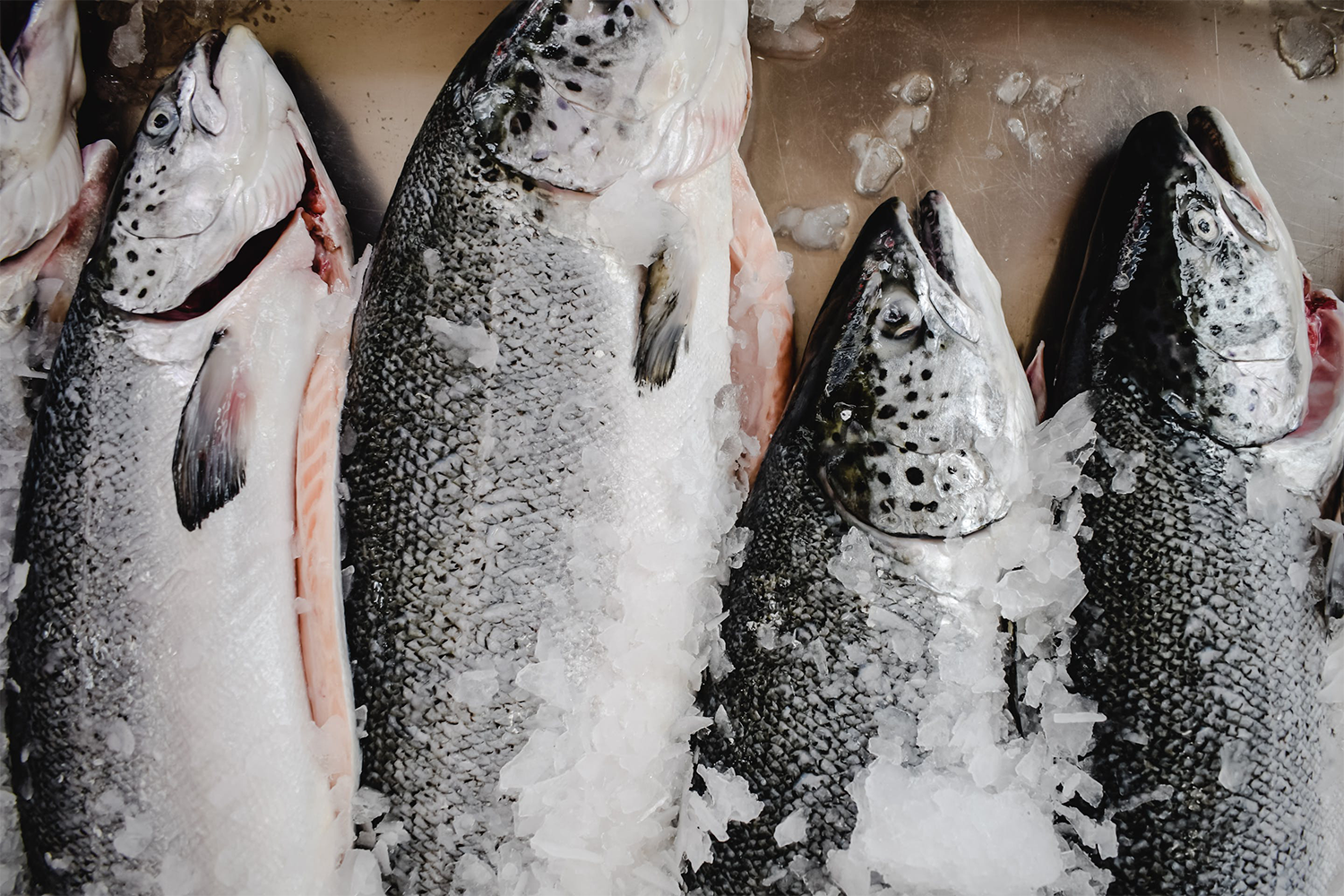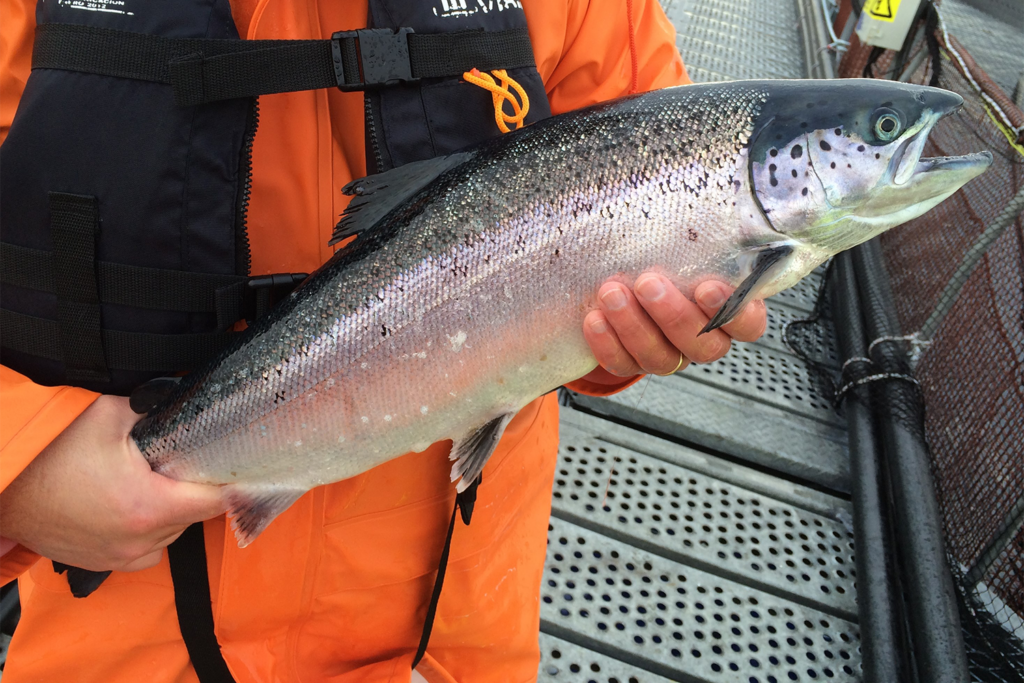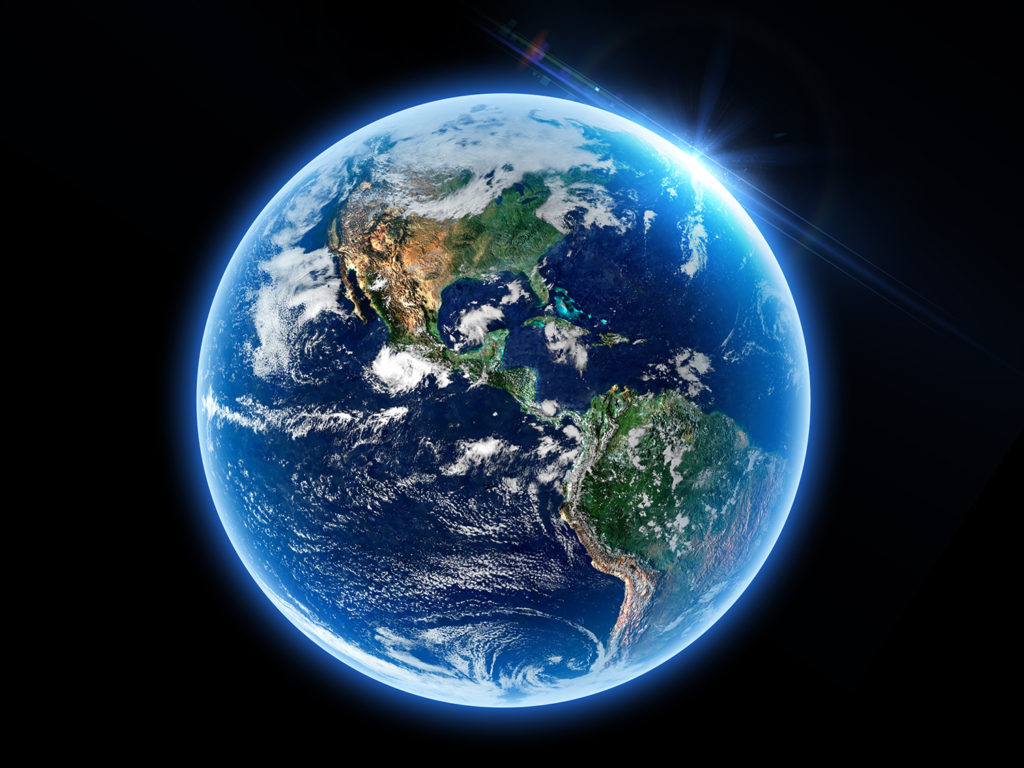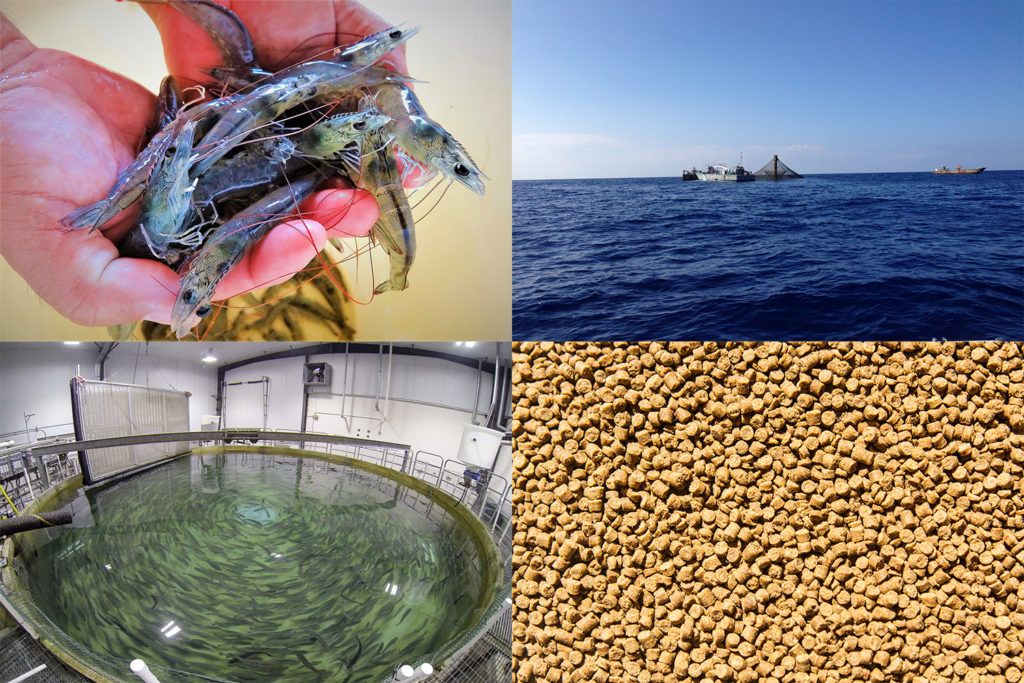Rabobank’s annual seafood production survey suggests more optimistic production outlook for 2024 compared to 2023

According to a recent Rabobank report, industry responses from the annual seafood production suggest a more optimistic production outlook for 2024 compared to 2023. The survey was conducted in partnership with the Global Seafood Alliance.
Shrimp expected to bounce back in 2024
Global shrimp production is forecast to recover in 2024, albeit at a lower rate than the 10-year historical average. The survey results forecast year-on-year shrimp production growth of 4.8 percent in 2024, surpassing 2022’s peak volumes, after an expected modest decline of 0.4 percent in 2023. In Ecuador, production growth is expected to decelerate in 2024.
“While continued growth is anticipated, milder expectations may be a result of El Niño-related uncertainty, as potentially strong El Niño conditions pose downside risks due to heavy rains, which can increase flooding risks and potentially damage the infrastructure of ponds in Ecuador,” said Novel Sharma, seafood analyst at Rabobank.

There is optimism for Asian shrimp production, with survey respondents forecasting a potential recovery of 4 percent in 2024, following the region’s first decline in a decade in 2023.
“This will depend on prices improving in 2024 after the continuous downward trend in 2023, which made the majority of the industry unprofitable,” said Sharma.
Likewise, production in India and Vietnam is set to recover in 2024, following sharp contractions in 2023. Whether both regions achieve their forecast production growth in 2024 will depend on demand improvement in the United States and Europe, and prices recovering sufficiently to incentivize farmers to increase stocking of ponds.
Finfish: Major farmed species set to rebound in 2024
Similarly, optimism abounds for major farmed species, with salmon, tilapia, pangasius, sea bream and sea bass all expected to grow, though El Niño poses potential downside risks for some species and regions.
After two consecutive years of weak global production growth, global Atlantic salmon production reached an inflection point in Q3 2023. Provided there are no unforeseen biological issues or events, global production is expected to grow by 4.3 percent and 3.9 percent, respectively, in 2024 and 2025, led by Norway.
“The driver remains Norway, and especially in the near term when we most likely will have a recovery of the harvest weight,” Gorjan Nikolik, senior analyst at Rabobank, told the Advocate. “The harvest rate was relatively poor in 2023 due to disease issues. Now the indication is that it will be better in the future: there are lower sea lice numbers and less medication use. In the longer term, it is really the only country that is structurally growing: 2 percent or 3 percent growth in Norway is possible and it is a lot.”
However, a few countries, such as the Faroe Islands and Australia, are emerging markets to watch in the salmon farming industry.
“The most important small emerging country is Iceland,” said Nikolik. “It’s a latecomer to coastal salmon farming, and that’s why it still has some new areas where it can be developed. But it also has pretty good conditions: very cold water with relatively few sea lice. But they have a few other advantages. They can sail from Iceland to the east coast of the United States by boat. Currently, they will be selling fresh salmon from Europe to the U.S. without freezing. There is no European ‘never frozen’ product in North America, and they also really focus on sustainability – that will be their differentiating factor.”

However, uncertainties remain around Chile’s potential volume growth over the next few years due to new legislation and biological issues. It is unlikely that production volumes will eclipse 2020 levels before 2025.
“There’s a continuous discussion of where the farms should be, and whether they are located in or near sensitive biological regions,” said Nikolik. “The Chileans have to continue discussing and evaluating the impact of their farms on the environment and where they are located, especially in Region 12, which is a very pristine nature area. So they need to find a clearer model, which hasn’t been done yet. So it’s very difficult for them to grow before all of this has been agreed upon.”
[Iceland has] a few other advantages. They can sail from Iceland to the east coast of the United States by boat. Currently, they will be selling fresh salmon from Europe to the U.S. without freezing.
Additionally, there are potential downside risks heading into 2024, as higher temperatures due to El Niño conditions may lead to higher incidences of algal blooms, causing an increase in mortalities. However, the industry is better equipped to deal with potential downsides now than during the last El Niño event, thanks to technological advances.
“One of the issues with El Niño is that a higher temperature could create a sudden prevalence of algae and these algae can reduce the oxygen level in the field,” said Nikolik. “And with low oxygen levels, some [salmon] will die or get stressed. What they have now are machines that are located under the farms and create a curtain of bubbles that greatly increase the oxygen supply to the fish above. It’s something you could use in an emergency. It gives you time to either move the farm, decide to harvest or keep it going for longer, but it means the fish won’t die.”
After a pause in 2020, global tilapia production began gradually recovering and is expected to grow by 5.3 percent YOY in 2023 – eclipsing 2019 volumes. Strong growth is anticipated in Asia, particularly in Indonesia, though China is expected to maintain its position as the top tilapia producer in the near term. However, if consumers continue to favor premium species, farmers could change the species they produce, potentially decelerating tilapia production growth. Nikolik also noted the sub-Saharan region of Africa is growing rapidly.
“That part of the world has really excellent tilapia growing conditions,” said Nikolik. “It also has a market that is very receptive to tilapia. A lot of the people there have grown up eating lake and river fish, but over the years, those have been depleted and the population has grown.”
Nikolik said for a long time, the main alternative was imported tilapia from China, but it’s becoming less available. Tilapia farming is quickly filling that gap.
“In recent years, we’ve had investments in feed and genetics, more training and you see a number of companies growing,” said Nikolik. “There’s also been quite a lot of capital coming in from development agencies. It’s growing at a very rapid pace.”
Despite the Sub-Saharan region of Africa “really picking up,” the growth is much smaller compared to Egypt – Africa’s tilapia king – but nonetheless significant.
“It’s a factor of ten smaller, but then if you see them all individually, this actually decent, double-digit growth in all of them,” said Nikolik. “The size of the population in the whole region and availability of water – the region should be able to match Egypt in a few decades.”
Market prices are still a top concern
The survey also asked industry experts about their concerns for the coming year. Market prices topped the list, as uncertainties remain about the effects of persistent inflation and the recovery of seafood demand. Elevated costs and stagnating household disposable incomes remain challenges for consumers across major markets. Consumers may look to trade down, either within the seafood category or to lower-priced protein options.

Now that you've reached the end of the article ...
… please consider supporting GSA’s mission to advance responsible seafood practices through education, advocacy and third-party assurances. The Advocate aims to document the evolution of responsible seafood practices and share the expansive knowledge of our vast network of contributors.
By becoming a Global Seafood Alliance member, you’re ensuring that all of the pre-competitive work we do through member benefits, resources and events can continue. Individual membership costs just $50 a year.
Not a GSA member? Join us.
Author
-

Lisa Jackson
Associate Editor Lisa Jackson is a writer who lives on the lands of the Anishinaabe and Haudenosaunee nations in Dish with One Spoon territory and covers a range of food and environmental issues. Her work has been featured in Al Jazeera News, The Globe & Mail and The Toronto Star.
Tagged With
Related Posts

Intelligence
Annual farmed finfish production survey: A modest supply decline for 2023 and a predicted return to growth in 2024
Global production of carps, tilapias, pangasius, salmonids and sea bass and sea bream is expected to reach 39.6 million metric tons this year.

Intelligence
Responsible Seafood Summit 2023 blog – the Advocate reports from Saint John
Editors James Wright and Lisa Jackson are in Saint John reporting from the Global Seafood Alliance's Responsible Seafood Summit.

Responsibility
We can meet our planet’s protein needs with aquaculture
Science tells us that domesticated livestock and fowl cannot begin to address our world’s near-term protein needs, and that farming fish is our best option. Getting more public support is critical to the success of aquaculture and our planet.

Innovation & Investment
Aquaculture is winning, Rabobank analyst explains
Aquaculture is the “winning protein,” according to a new Rabobank report that its author, Gorjan Nikolik, said is intended to draw the bank’s agro-industry clients to opportunities in the fish farming business.


